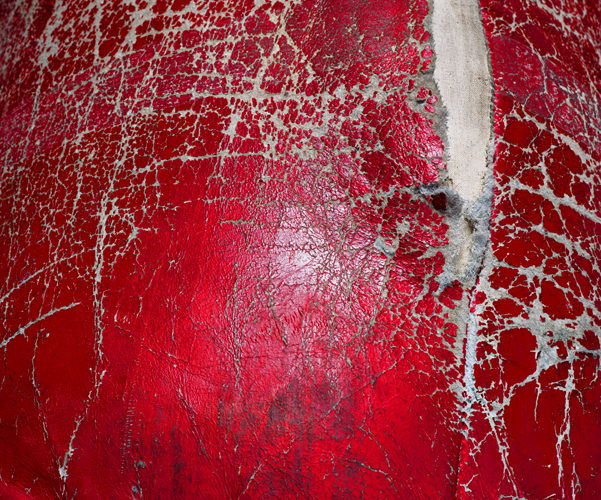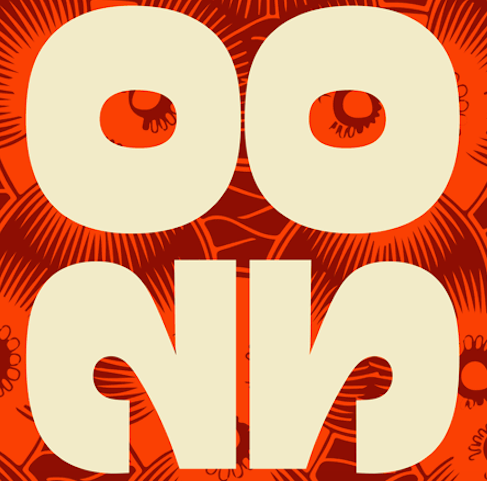
The art of boxing through the ages
First signs of boxing date back to more earlier times than we can imagine.
First form of the subject appeared at the time of ancient civilisations. The pancrace and the pugilat were already present among the panhellenic games. Just like the well-known gladiator fights, there were no rules. People would fight in an undefined space, while not having any weight category.
Although this practice went on between the antiquity and the 19th century, there were very few traces found that belonged to the Middle Ages. During the 17th century, clandestine fighting emerged. The bets on underground pugilat fights in the upper English sphere, or savate practice in France are contributing to the evolution of the discipline. Savate is the original term used for French boxing which is being practiced with the hands but also with the feet, unlike English boxing which only allows fights with the hands. In 1719, «the father of modern boxing», James Figg, created the first boxing school and became the first heavyweight champion of England, a title he retained until 1730 with a single defeat out of 270 fights in total.
The myth of boxing revolves around concealment, violence, death and corruption until the 19th century. But in 1866, John Graham Chambers and John Douglas -as known as the Marquis de Queensberry-, drafted a set of rules that would transform this practice into a discipline from then on. Boxing gloves become mandatory, the “round” is limited to three minutes, a 10-second countdown to defeat or to continue fighting is put in place when a fighter is on the ground. Finally, weight categories are introduced. The noble art continues to spread and allow amateur boxing to be admitted to the Olympic Games in 1901. Women will not be allowed to fight until 2012, more than a century later!
The second part of the 20th century is the ground of an increase in boxers who will be entering the legend of the combat sport, such as Muhammad Ali (1942-2016), Mike Tyson (1966-), Floyd Mayweather Jr. (1977-) , Rocky Marciano (1923-1969), George Foreman (1949-) and Joe Frazier (1944-2011).
In order to see the emergence of women’s boxing with the creation of real suitable professional organizations, we have to wait until the 1990s. In France, this sport opens to competition from 1997, since then, the number of women entering the rings increases very clearly.
One of the first iconic figures in women’s boxing is the french Anne-Sophie Mathis, first world champion in the four federations of Welters weight, and the only woman to have received the Golden Gloves in 2011; an inspiring champion who leads the way and whose path is followed by many women such as Myriam Lamare (1975-), Sarah Ourahmoune (1982-) and Estelle Mossely (1992-) for the French, and Cécilia Braekhus (Norway, 1981-), Laila Ali (USA, 1977-) and Susianna Kentikian (Germany, 1987-) at the international scene.
Key points:
- Antiquity: Pancrace and pugilat, the ancestors of boxing
- 1729: James Figg creates the first boxing school
- 1866: The Marquis of Queensberry formalises a regulation
- 1901: Amateur boxing admitted to the Olympic Games
- 1974: «The rumble in the jungle», the legendary fight between Muhammad Ali and George Foreman
- 1990: Emergence of women’s boxing
- 2012: Women finally allowed to compete in the Olympics
Visual : Tina Merandon, Boxing n°10, 130 x 100 cm © Tina Merandon by Arroi 2019


